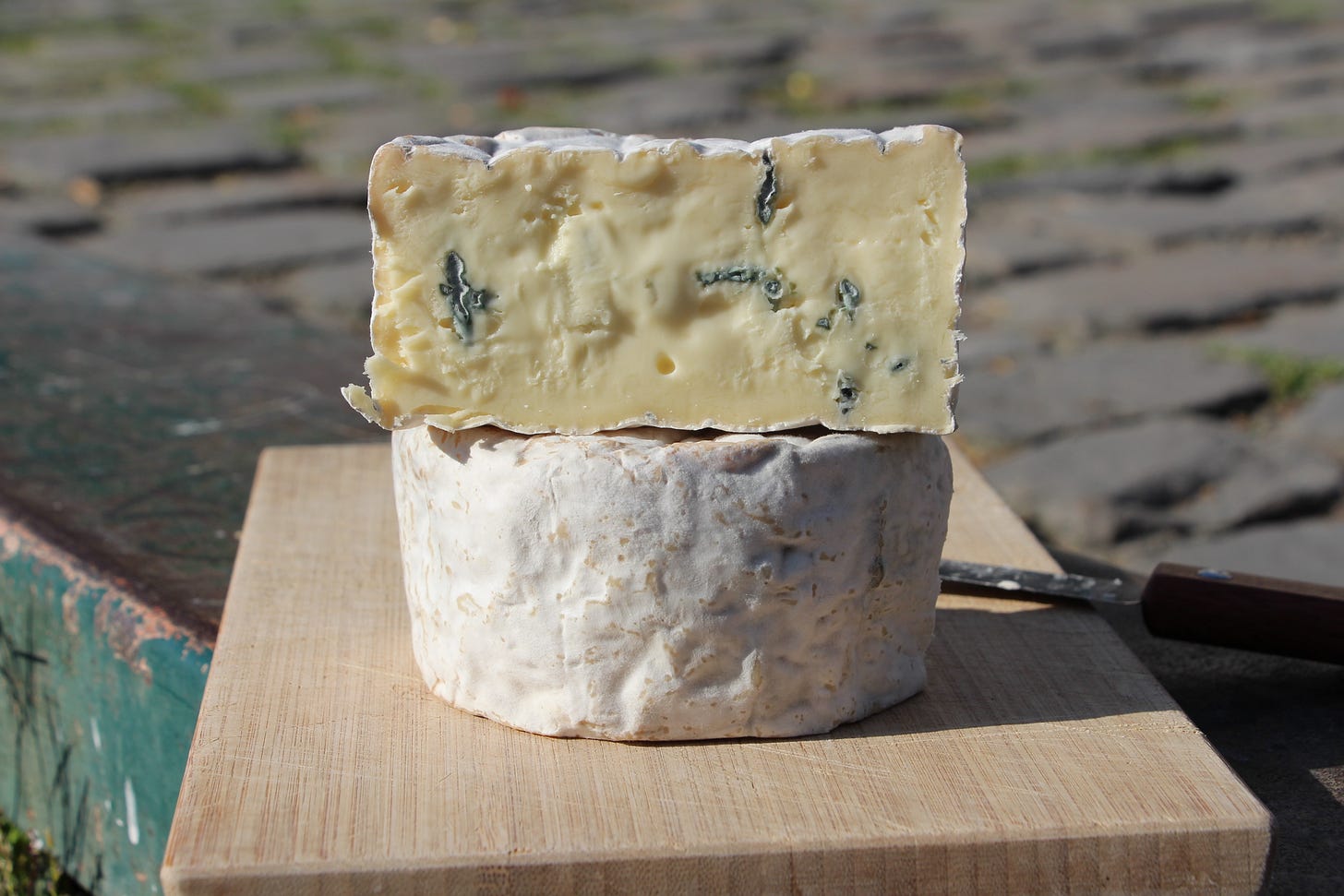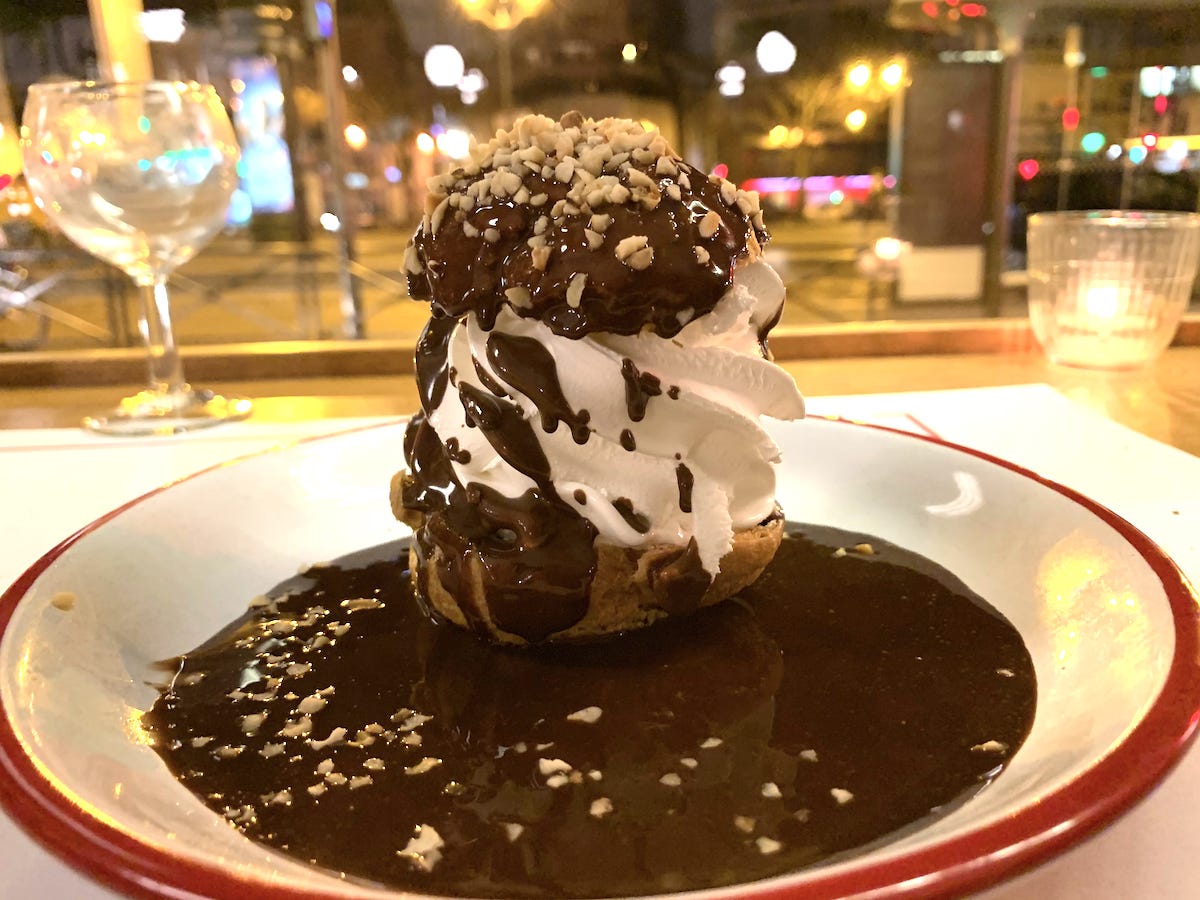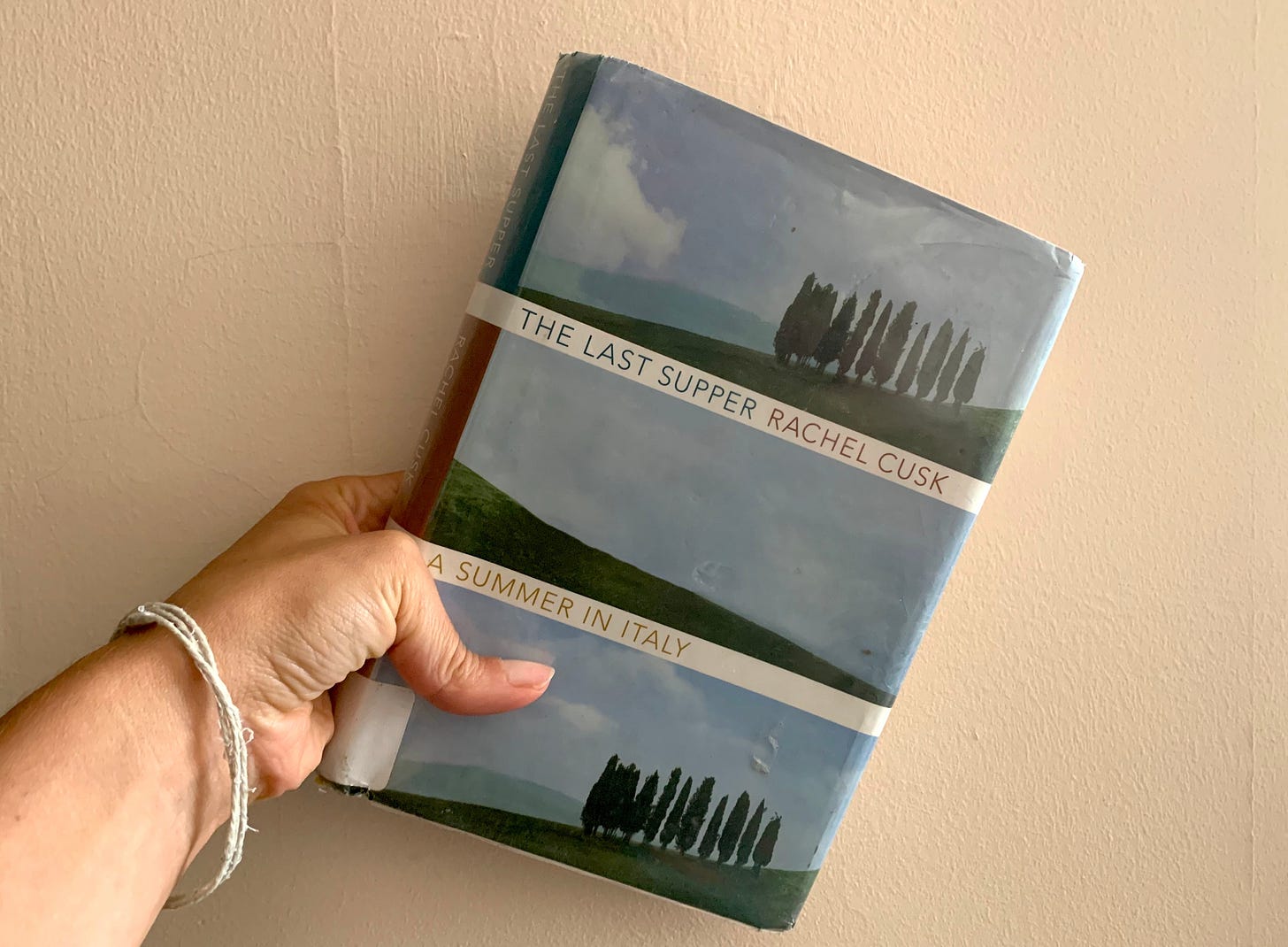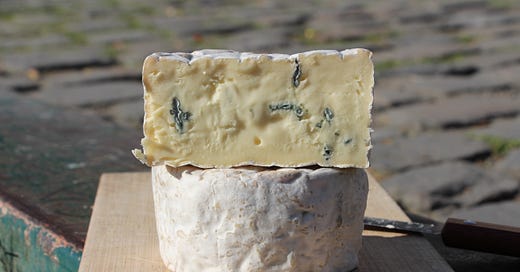Emily in France 🇫🇷 Paris as a Moveable Feast

A moveable feast.
To say that Paris has inspired many writers is a gross understatement: Notably throughout the 19th century, authors from Victor Hugo to Honoré de Balzac set their lengthy tomes here, describing the ways in which new social classes intersected and coexisted in the storied capital. And while Hugo was at the heart of my Master's work at the Sorbonne, Balzac stands out in my mind, not necessarily for his style, but rather for the goal he set himself: Of creating a second, shadow Paris, a "human comedy" that would, by sheer volume, seek to represent every archetype in 19th century Parisian society. (Balzac wrote almost 100 novels, plays, and short stories in pursuit of this goal and died at the age of 51. I'm still not sure if it was his commitment to productivity or the 27 cups of coffee he drank daily that did him in, but sometimes I think of Balzac before not-making a third French press.)
But despite the fame of 19th century works, Parisian literature doesn't begin and end with Notre Dame de Paris or Les Misérables, as Leïla Slimani reminded me with her recent list of some of the best books to read while exploring Paris. As a massive fan of reading books set in my travel destinations, it got me thinking about my own Paris reading list – something that subscribers to my paid newsletter will be getting in the second of August's Thursday emails. (The first is all about where to get ice cream in Paris!)
Subscribe today to receive your first missive this Thursday!
If you'd rather eat for free, no worries! You'll still get this newsletter in your inbox (most) Tuesdays with tasty tidbits, musings, and more.

Cheese of the Week
Theoretically, all cheese belongs to one of five (or six, or eight, depending on who you ask) basic families, depending on how it's made. But there is some wiggle room. Saint-Nectaire, for instance, is both pressed and washed; artisou is both pressed and blue. And Welsh Perl Las combines two of my favorite families – blue and bloomy – for a cheese that looks a bit like a tall camembert from the outside and reveals its streaks of biter blue only when you cut into it.
To discover more of my favorite cheeses, be sure to follow me on Instagram @emily_in_france and tune into the Terroir Podcast, where Caroline Conner and I delve into France's cheese, wine, and more one region at a time.

What I'm Eating
I’ve been beating my “French people don’t go out to eat French food anymore” drum for a while now, so I won’t linger too long on the subject before presenting the restaurant that, to my mind, is making it cool again: Bouillon Pigalle. You may recognize the branding from another recent review, this time of Bouillon République, but big sister Bouillon Pigalle is the O.G. The one that started it all. More on the blog.
Discover more of my foodie finds via Instagram @emily_in_france.
What I'm Writing
1. French people, by and large, do not balk at the idea of making mayonnaise from scratch, with nothing more than a fork and a bit of patience. But once a month, some women will pass the fourchette to someone else: A pervasive myth in France claims that someone who's menstruating is doomed to have her mayo split. For Smartmouth.
2. When it comes to esoteric, effortlessly cool hobbies, Top Chef season 13 champion Jeremy Ford puts the rest of us to shame. The native Floridian and recent Michelin star-winning chef of Stubborn Seed is also a spearfisherman. He's sharing his tips for grilling the perfect fish with me for InsideHook.
3. We have the recipe for Chicago Chef Corey Rice's "entry into the chicken sandwich wars." For InsideHook.

What I'm Saying
1. Burgundy may be known for its wine (and wine sauces) but it's also beloved for other flavors including garlic and parsley butter (aka the sauce adorning snails and frogs!), mustard, and some truly funky cheeses. Tune in here to find out why Dijon mustard is a misnomer and which cheese Brillat-Savarin thought was the king of all French fromage.

2. A double entendre often alludes to an underlying, dirty interpretation of what we've actually said, but according to Heloïse Prieur, French language and culture coach, translator, and founder of Belle Entente, the fact that this expression comes from French says a lot more about the Anglo-American perception of French culture than the reality. She's here to talk about why the French say what they mean and mean what they say. (Most of the time!) Tune in here!

What I'm Reading
1. I meant to read The Last Supper while on holiday in Naples, but the trip got away from me, and I ended up reading it between Paris and New York. I nevertheless loved accompanying Rachel Cusk on her discovery of the country, finding myself nevertheless wondering why her husband was so absent from the pages. If you're a fan of art and Italy – as well as of domineering, assertive female narrators – this one is definitely for you.
2. Writing – and staging – a play in prison lends its own difficulties to the process. In the LA Review of Books.
3. Ever wondered why we don't get ketchup or prawn cocktail potato chips in the U.S.? It has a lot to do with how big the country is. A fascinating read in Eater.
A bientôt !



